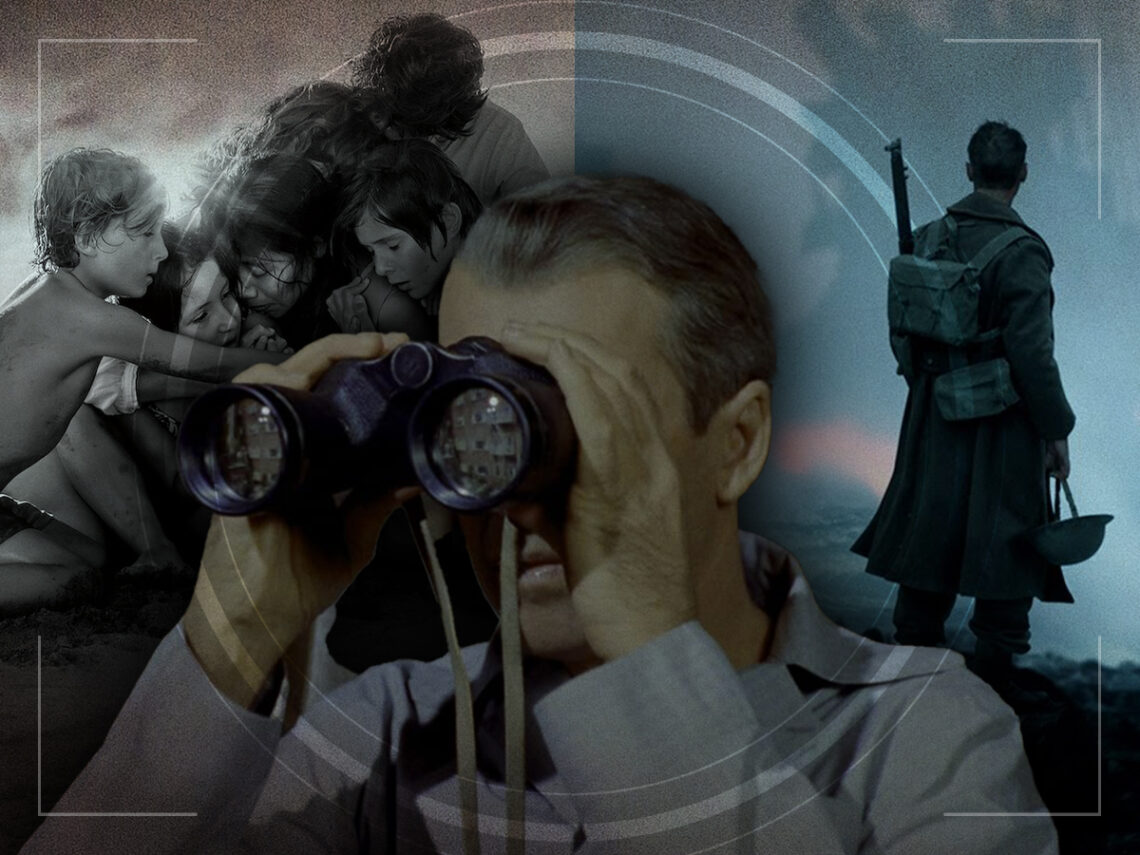
The five best movies on Netflix that demand a second watch
Some films get lost in translation, drawing viewers back for a second listen. Others lull them into a goodnight’s sleep the moment the opening credits roll. But not every rewatch is a rescue mission from unfinished business; sometimes it’s a return to the magic, a second dance with a story that spoke in a different tongue the first time. On Netflix, you may find many films that are hit or miss. But there are five best movies that warrant a second watch just out of sheer brilliance.
Repeat viewing often reveals more. But what triggers a second, third, or multiple watches can vary. For some, it’s the relatability, for others, it’s good-old-fashioned nostalgia. Sometimes curiosity pulls viewers back again, while many times, confusion and unanswered questions prompt a retreat. From endings that leave you guessing to time-jump stories you cannot keep up with, the reasons behind a second watch can be similar and distinct simultaneously.
Then there are also franchises whose new drops cause recaps and reruns. Not to forget the frenzy of rewatches that come with non-linear narratives, multiple POVs, metaphors, and symbolism. In a select few cases, comic book adaptations, for instance, fan theories and Easter eggs, call for repeat viewing as well.
Even movies with pack-a-punch dialogues that become a pop culture touchstone, titles that flaunt stunning visual and special effects, films that provide social commentary, or childhood favourites can take viewers for a second lap. So, if you’re here for any of the above-mentioned reasons, Best of Netflix has just the movie picks for you.
Five best movies on Netflix perfect for a second watch
Now You See Me (Louis Leterrier, 2013)
Now You See Me is a heist film that leaves you reeling even on repeat viewing. The film follows a Robin Hood-esque gang of illusionists, The Four Horsemen, who use their sleight-of-hand to rob during their performances and distribute the funds. Now You See Me is packed with trickery. But it’s not just the magic they perform for the audiences. The entire movie is loaded with conjuring moments and misdirections.
Once you’re aware of the real puppet master, rewatching Now You See Me allows an aerial point of view, revealing motivations that were unclear the first time.
Roma (Alfonso Cuarón, 2018)
Described as a semi-autobiographical take on Alfonso Cuarón’s rearing in Mexico City’s Colonia Roma neighbourhood, Roma tells the story of an indigenous Mixtec live-in maid, Cleodegaria Gutierrez, who works for an upper-middle-class family. Set in 1970 and 1971, Roma is a tale of personal and political unrest, rich in layered social commentary. But what will pull you again and again is Cuarón’s magic work with the visuals in complete monochromatic tones.
With every rewatch, the silence becomes louder. The music starts to live with you. And when you do return, the chances are likely that you’ll get lost in the details, perhaps in the background or framing, or the little things that slipped your eye. However, Roma is not the kind of movie that’s lost in a rush. It’s slow-paced but offers a calming new each and every time.
Dunkirk (Christopher Nolan, 2017)
On first viewing, Dunkirk might cause daze and disorientation. Christopher Nolan depicts the Dunkirk evacuation of World War II from three perspectives: land, sea, and air. Since the film follows a non-linear perspective, connecting the dots for the first time often becomes a task. Dunkirk has little dialogue, prompting you to read between the lines. A second watch will allow viewers to focus on what’s said and the unsaid.
Dunkirk uses a ticking clock motif that entwines storylines to showcase the experience of time from multiple POVs. If you think it’s just the mastery of visuals with little CGI effects, do not forget to pay attention to Hans Zimmer’s stunning score this time.
Red Eye (Wes Craven, 2005)
Red Eye, the 2005 psychological thriller, sets a familiar tone and defamiliarises as it progresses. The plot unfolds in just over 80 minutes, and Cillian Murphy’s quick transition from an appealing outsider to a genuine peril starts creeping on your skin. If you know how the film ends, rewatching helps you focus on the intricacies and behavioural sketches you probably missed the first time.
Although the film takes place in a confined place, devoid of any distractions, it will leave the audience wowed by how tension constantly palpitates and grows in their head.
Rear Window (Alfred Hitchcock, 1954)
Based on Cornell Woolrich’s 1942 short story, It Had to Be Murder, Rear Window is one of those cult classics that no rewatches can tire out. This Alfred Hitchcock mystery thriller follows LB Jefferies, a professional photographer confined to an apartment with a broken leg. The apartment rear window becomes his binoculars and a way out to public life. Despite being told from a perspective of confinement, the film is layered with thematic turbulence of voyeurism and isolation.
A second watch not only lets the audience in on the cracks. It helps viewers observe the use of space and silence. The camera work is itself a genius, and a closer examination only reveals, adding value to what’s already known. Lastly, a rerun assures a deeper penetration into the layers and clues that had been planted all along.